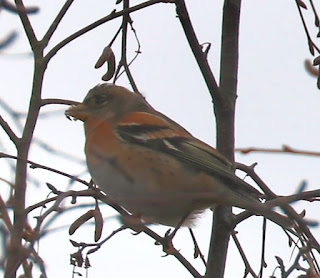My Badger Skull Project….
When I found a dead badger, partly decomposed, my first thought was on how and why it had died. That was followed very quickly by the excitement of possibly being able to have a badger skull in my small collection. I love collecting bones and skulls and they are a superb way of engaging with children and all are fascinated by skeletons.
As the body was in the woods at Yew View, the site where I work, I decided to cover it over with soil and just leave it and let nature take its course. The body was already partly decomposed and covered in maggots. The main flesh had shrunken and it did not look or smell good. I was not sure how long it would take for the it to be stripped of all flesh. This was in June.
I was on site a few weeks ago and passed the spot. Out of interest, I gently moved the soil away from the skeleton. I had not buried very deep, just about 10cm. I was amazed to see a skull appear that appeared clean of all flesh… I was amazed!
I brought it home and made up a solution of boiling water and biological washing powder. I left it for 24 hrs. I then drained the water out, rinsed the skull carefully and then refilled with the same mixture, but this time with a splash of bleach. Again, I left for about 24 hrs. Next time I rinsed it off, it looked brill! I did no more cleaning on it than that.
The result was amazing. I know some people may think such an activity rather macabre, but to me, there is so much interest, knowledge and fascination that can be imparted through a study of what is under all of our skins!
I spent a lot of time looking closely at this skull. It is not very big, so I thought it must be a young badger, but apparantly adult badger skulls are only about 13cm long, which is what mine is. Sadly, I lost a few of the teeth on the first swill out as I had not realised they were so loose. This is my first attempt at cleaning a skull. I will know to be more careful next time. I subsequently glued the teeth in to prevent any more losses. I started to do a little research as I wanted to find out more.
One of the most obvious things is the raised ridge that runs along the top of the skull. This is called the saggital crest. The strong jaw muscles attach to this crest and it is not prominent in younger animals. Also the lower jaw is unusual, as it remains attached to the top part of the skull, due to an interesting hinge ‘wrap-around’ articulation. Most lower jaws will separate from the upper part.
Another very interesting thing I noticed was to do with the teeth. On the lower jaw, there were tow tiny teeth behind the lower canines. These seem to be vestigial premolars and there is a very interesting paper written all about them and general dentition of badgers, by Long & Killingley. You can read it HERE if you are interested.
The other really interesting thing that caught my eye was a convoluted bone structure in the nasal chamber. I have never seen anything like this, so put a picture on Twitter and asked my twitter followers. There are some amazing experts out there and I love to learn new information. I was not disappointed! Numerous people got in contact to tell me that there cauliflower-like structure are called turbinate bones and that they are often lost in cleaning and are easily decomposed in the ground. A big thank you to Ric Morris (@skull_bloke) who sent me a copy of an article he had written for Shropshire Mammal Group. The information below is taken from his article, so thank you so much Ric… fascinating stuff!
When the badger is alive, these structure would be covered in thick mucus membranes, with a rich but shallow blood supply. It is thought they have at least two functions. Firstly, the create a very large surface area, affording a large number of olfactory receptors in the membranes. Also, the pattern and configuration afforded by these bones drives inhaled air in a regular pattern around the nasal mucosa, ensuring it comes into contact with the maximum number of receptors. Secondly, the nasal mucosa cleans and warms the inhaled air in preparation for the lungs. Canids (dogs) and mustelids (weasels, stoats, badgers, otters, polecats) have these intricate turbinates, yet other herbivores such as deer and rabbits have a similar structure more like a ‘brandy snap’.
I have found this new knowledge totally fascinating and can’t wait to impart this knowledge onto the kids at school… they are going to be fascinated!
I took a few images of this skull tonight and have converted them to monochrome.
This badger did not die in vain…. its skull will educate future generations and, hopefully, inspire some to get more involved in the wonderful world of wildlife!
from www.wildlifekate.co.uk https://wildlifekate.wordpress.com/2019/10/13/my-badger-skull-project/



















Comments
Post a Comment